ULA’s Vulcan is scheduled to launch 11 national security missions in 2025, compared to seven for SpaceX.


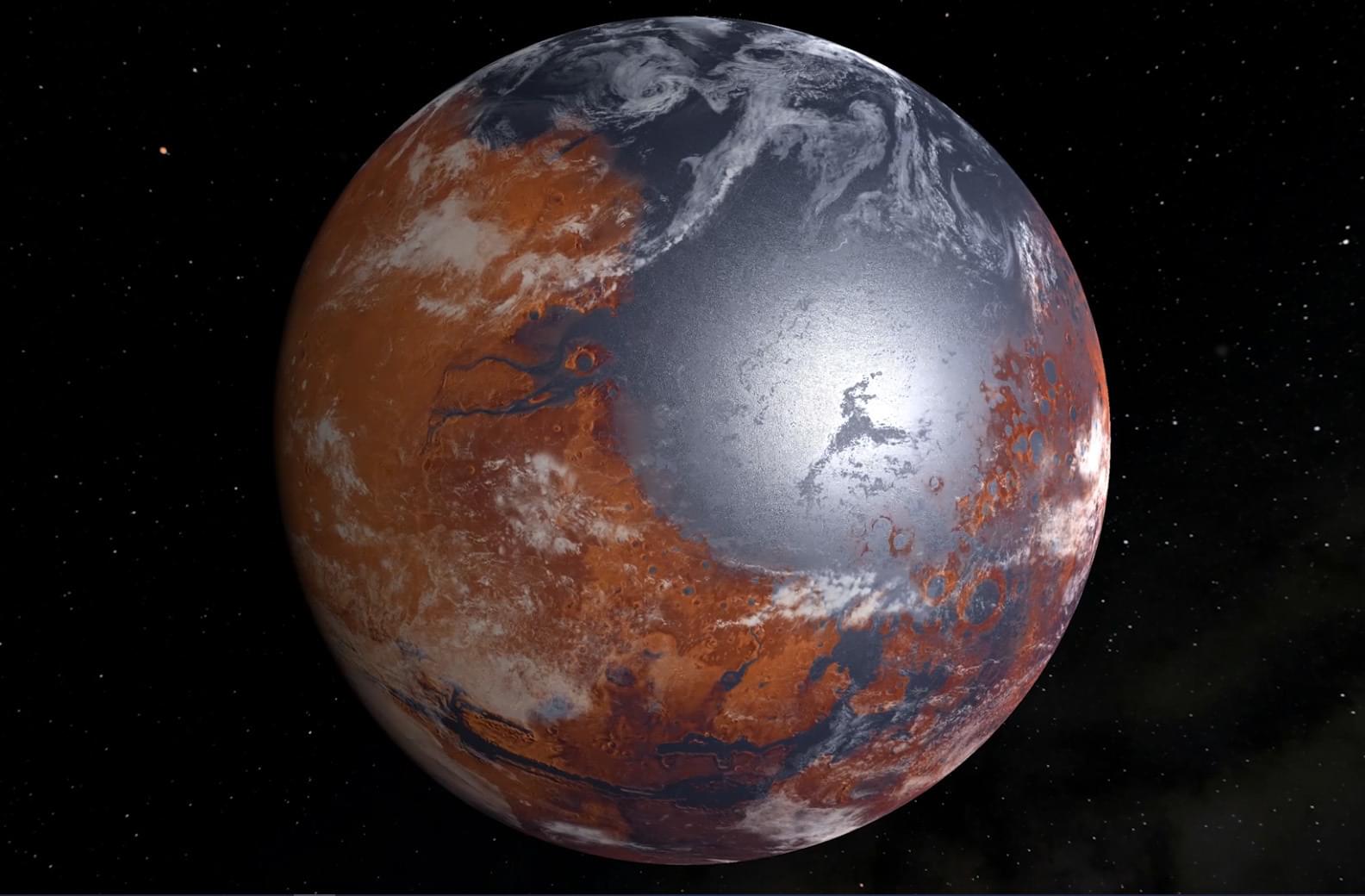
Did Mars have lakes and rivers during a single period or over separate periods? This is what a recent study published in Nature Geoscience hopes to address as an international team of researchers investigated whether Mars experienced a single event of liquid water on its surface, or many events spread over millions of years. This study has the potential to help scientists better understand the early conditions on Mars and whether these conditions were suitable to support life as we know it.
“Early Mars is a lost world, but it can be reconstructed in great detail if we ask the right questions,” said Dr. Robin Wordsworth, who is a Gordon McKay Professor of Environmental Science and Engineering at Harvard University and a co-author on the study. “This study synthesizes atmospheric chemistry and climate for the first time, to make some striking new predictions – which are testable once we bring Mars rocks back to Earth.”
For the study, the researchers used a series of computer models to simulate how the atmosphere on Mars billions of years ago potentially reacted to surface water-rock interactions and climate changes over time. The goal was to ascertain whether Mars experienced a single event of liquid water on its surface, or a series of events spread over millions of years with periods of dryness in between them.
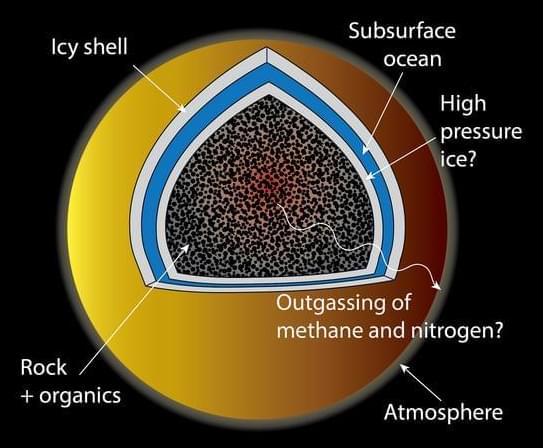
“The presence of methane is critical to the existence of Titan’s atmosphere,” said Dr. Kelly Miller. “Scientists think an internal source must replenish the methane, or else the atmosphere has a geologically short lifetime.”
Saturn’s largest moon, Titan, is the only moon in the solar system with a dense atmosphere which is comprised of thick hazes of 95 percent nitrogen (N2) and 5 percent methane (NH4) that require radar instruments to see the moon’s surface. But what processes are responsible for keeping this thick atmosphere from escaping to space? This is what a recent study published in Geochimica et Cosmochimica Acta hopes to address as a team of researchers led by the Southwest Research Institute (SwRI) investigated how processes occurring in Titan’s interior could be fueling Titan’s atmosphere, specifically the methane.
“The presence of methane is critical to the existence of Titan’s atmosphere,” said Dr. Kelly Miller, who is a SwRI research scientist and lead author of the study. “The methane is removed by reactions caused by sunlight and would disappear in about 30 million years after which the atmosphere would freeze onto the surface. Scientists think an internal source must replenish the methane, or else the atmosphere has a geologically short lifetime.”
For the study, the researchers conducted a series of laboratory experiments with organic matter obtained from the Murchison meteorite to simulate conditions on Titan that could help explain how its atmosphere is replenished from the interior. In the end, the researchers found that temperatures above 250 degrees Celsius (482 degrees Fahrenheit) result in the methane production that is enough to replenish Titan’s atmosphere, along with enough nitrogen production to replenish the atmosphere, as well.

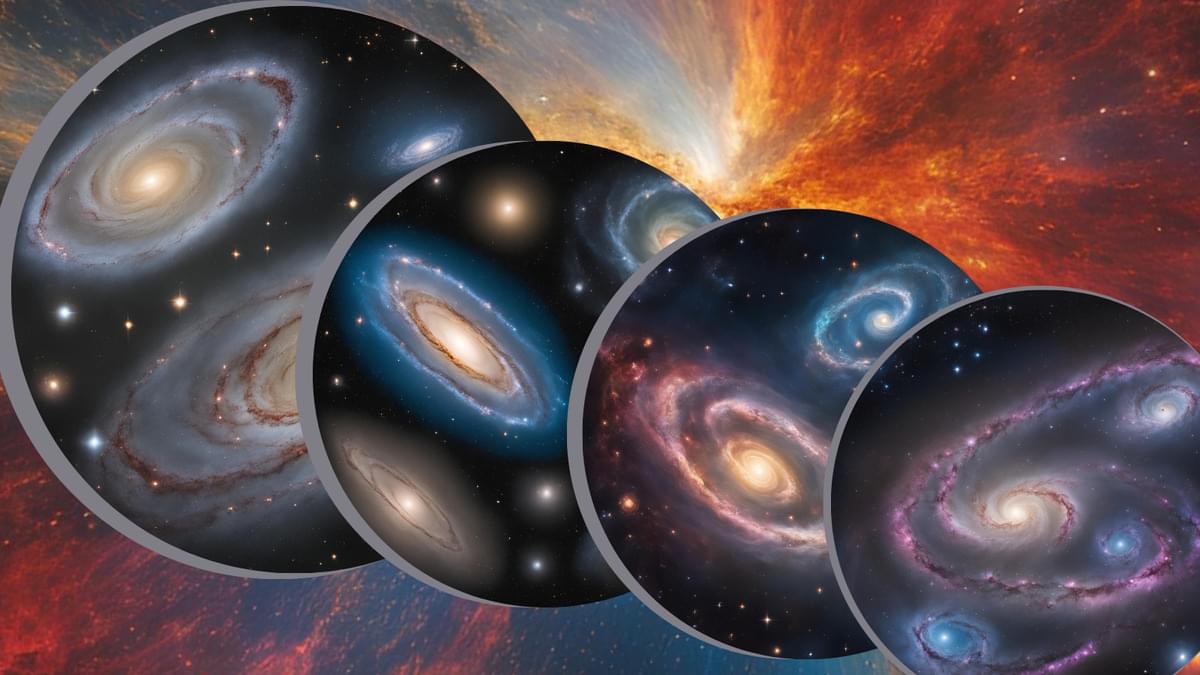
“This process is like a cosmic CT scan, where we can look through different slices of cosmic history and track how matter clumped together at different epochs,” team co-leader Mathew Madhavacheril of the University of Pennsylvania said in a statement. “It gives us a direct look into how the gravitational influence of matter changed over billions of years.”
In order for the team to build this so-called CT scan of the universe, they needed to turn to light that has existed almost as long as the cosmos itself.
With such ancient light, it’s possible to track the changes the universe underwent as gravity reshaped it over around 13.8 billion years.
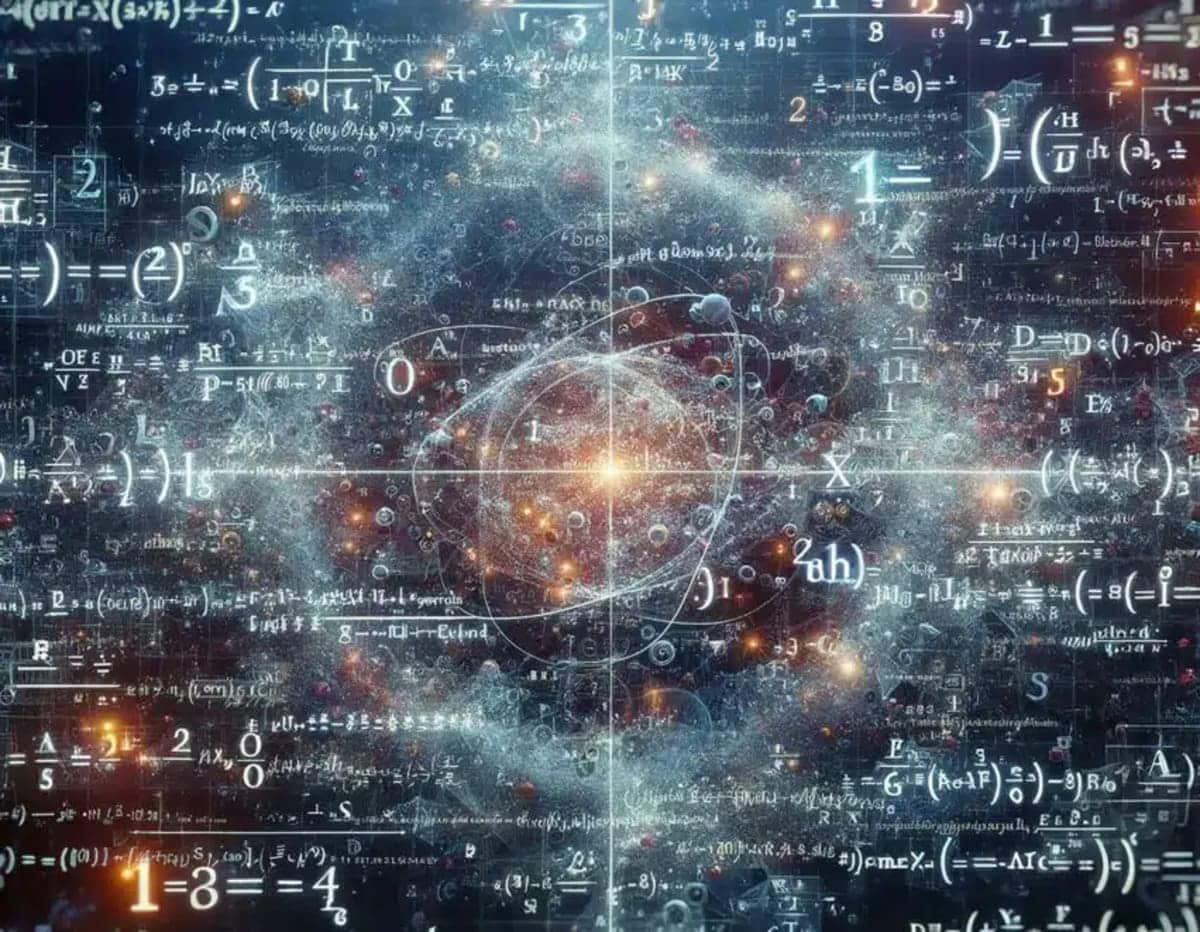
Mathematics and physics have long been regarded as the ultimate languages of the universe, but what if their structure resembles something much closer to home: our spoken and written languages? A recent study suggests that the mathematical equations used to describe physical laws follow a surprising pattern—a pattern that aligns with Zipf’s law, a principle from linguistics.
This discovery could reshape our understanding of how we conceptualize the universe and even how our brains work. Let’s explore the intriguing connection between the language of mathematics and the physical world.
What Is Zipf’s Law?
Fast radio bursts (FRBs) are one of the greater mysteries facing astronomers today, rivaled only by gravitational waves (GWs) and gamma-ray bursts (GRBs). Originally discovered in 2007 by American astronomer Duncan Lorimer (for whom the “Lorimer Burst” is named), these short, intense blasts of radio energy produce more power in a millisecond than the sun generates in a month.
In most cases, FRBs are one-off events that brightly flash and are never heard from again. But in some cases, astronomers have detected FRBs that were repeating in nature, raising more questions about what causes them.
Prior to the discovery of FRBs, the most powerful bursts observed in the Milky Way were produced by neutron stars, which are visible from up to 100,000 light-years away. However, according to new research led by the Netherlands Institute for Radio Astronomy (ASTRON), a newly detected FRB was a billion times more radiant than anything produced by a neutron star.
The Anthropic Principle and Super-Intelligence, or SI, are vital concepts to understanding the Universe and our future place in it.
Join this channel to get access to perks:
/ @isaacarthursfia.
Visit our Website: http://www.isaacarthur.net.
Join Nebula: https://go.nebula.tv/isaacarthur.
Support us on Patreon: / isaacarthur.
Support us on Subscribestar: https://www.subscribestar.com/isaac-a… Group: / 1,583,992,725,237,264 Reddit:
/ isaacarthur Twitter:
/ isaac_a_arthur on Twitter and RT our future content. SFIA Discord Server:
/ discord Support the Channel at Patreon: https://www.patreon.com/user?ty=h&u=3…
Facebook Group: / 1583992725237264
Reddit: / isaacarthur.
Twitter: / isaac_a_arthur on Twitter and RT our future content.
SFIA Discord Server: / discord.

The first trial of an Australian-developed technology has detected mysterious objects by sifting through signals from space like sand on a beach.
Astronomers and engineers at CSIRO, Australia’s national science agency, developed the specialized system, CRACO, for their ASKAP radio telescope to rapidly detect mysterious fast radio bursts and other space phenomena.
The new technology has now been put to the test by researchers led by the Curtin University node of the International Center for Radio Astronomy (ICRAR) in Western Australia.
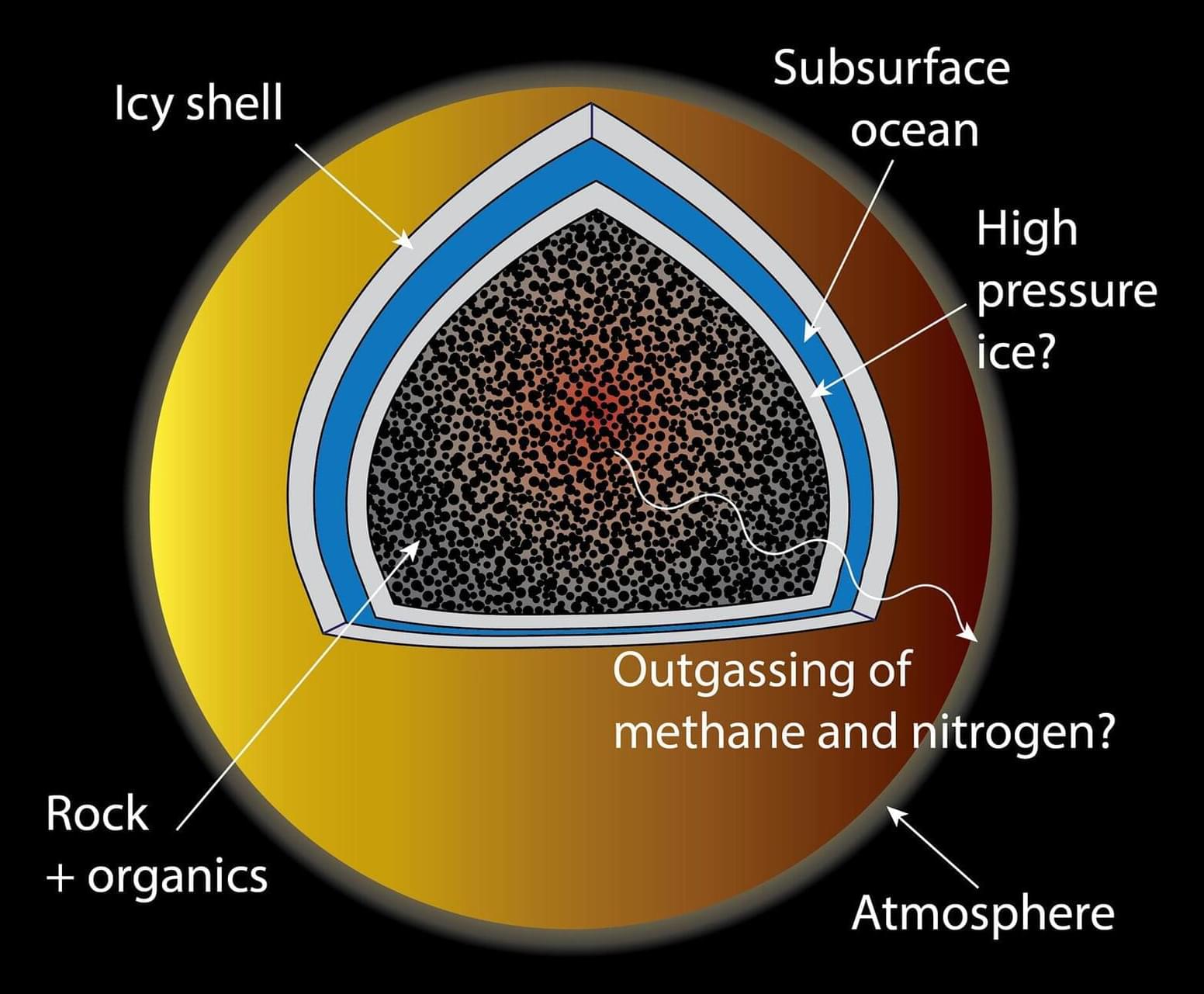
Southwest Research Institute partnered with the Carnegie Institution for Science to perform laboratory experiments to better understand how Saturn’s moon Titan can maintain its unique nitrogen-rich atmosphere. Titan is the second largest moon in our solar system and the only one that has a significant atmosphere.
“While just 40% the diameter of the Earth, Titan has an atmosphere 1.5 times as dense as the Earth’s, even with a lower gravity,” said SwRI’s Dr. Kelly Miller, lead author of a paper about these findings published in the journal Geochimica et Cosmochimica Acta. “Walking on the surface of Titan would feel a bit like scuba diving.”
The origin, age, and evolution of this atmosphere, which is roughly 95% nitrogen and 5% methane, has puzzled scientists since it was discovered in 1944.